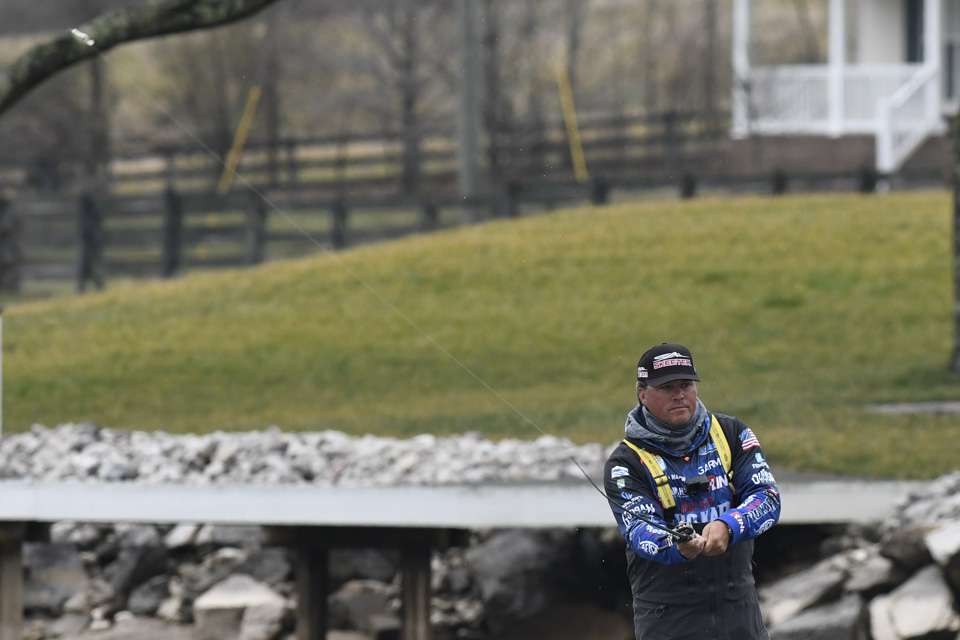
Obviously, my first Bassmaster Elite Series season didn’t begin the way I wanted it to, but bouncing back from a tough finish on the St. Johns River by placing 25th on the Tennessee River was huge. It was huge for me mentally and also for my overall season.
With only 100 anglers on the Elite Series, the points are tight, and I’m not sure of the whole layout, as far as what is realistic by the end of the year. I just know that I don’t need anymore bad finishes because, at the end of the day, I need to put myself in position to qualify for the 2022 Bassmaster Classic.
I definitely made progress toward that goal, but the thing that felt good about the most recent Elite event was it was definitely one I was more nervous about. It was early in the year, it was cold and that’s not normally my comfort zone.
The biggest encouragement for me in Tennessee was turning a tremendously tough practice into a great tournament. That, in itself, is the confidence you need to keep going, and hopefully, have more good finishes.
It’s one thing to locate a big group of fish in practice and then go out and execute your plan in the tournament. That takes skill. But what’s really challenging is taking a terrible practice when you don’t get any keeper bites and you formulate a game plan that puts you in position to do well.
Being able to do this not only gives you a good tournament finish, it can possibly save the year.
During the Tennessee River tournament, I found a few fish in practice, and I ended up catching them on a flat-sided balsa crankbait. The key was patience and persistence; I fished thoroughly and treated every area like it could have one good keeper on it. I needed to make that fish bite.
In the afternoons, I caught some fish off shallow laydowns, but I caught most of my fish off of rocks in 3 to 6 feet. I used my Garmin Panoptix to find where those rocks would end or maybe where they stuck out a little farther. The fish wanted to be on the leading edges of those rocks — those little micro-points.
I would Power-Pole down on these micro-points and shine my Panoptix around and find individual rocks or where that structure went out a little farther. I would key on that and make repetitive casts at different angles, and a lot of time, eventually catch a fish.
The fish weren’t very active; they didn’t want to feed. So you almost had to get a reaction bite. They weren’t going to chase the bait so you had to reel it in front of their face.
The thing that hurt me was this was early, early spring, so the first wave of fish had just moved up on Day 1 of the tournament. The water temperature had finally reached the point where some of those fish started migrating into warmer creeks, but it was so early that many of the smaller creeks weren’t quite warm enough.
That meant there were a lot of dead areas on the lake where the fish were about a week behind. I spent too much time on Day 3 thinking I could run a lot of new water. I should have gone to a few of the creeks I knew were holding fish and let the fish come to me.
I got a little confident in my ability run that pattern, but hindsight’s 20-20. I should have buckled down on Day 3.
Thankfully, I managed to catch enough fish for a good finish. Now, it’s on to the next Elite event on Pickwick Lake where I’ll do my best to continue this momentum.

